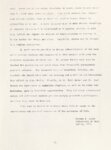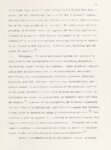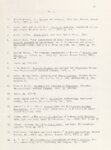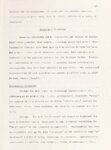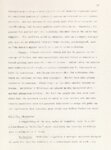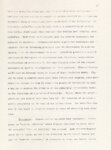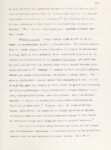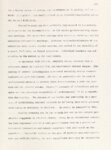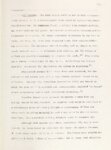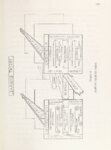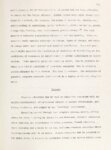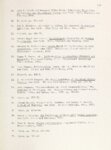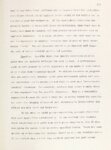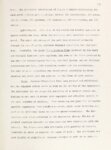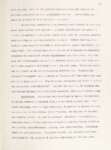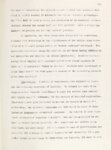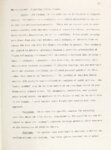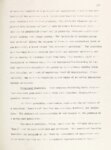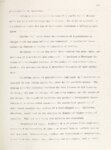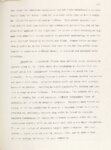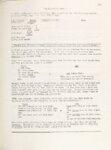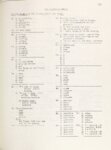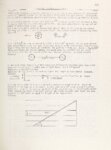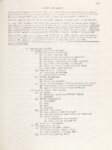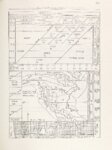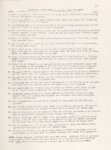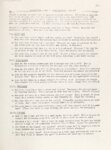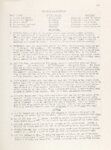| Description |
In ·this study, a general theory of adaptation based on statistical graphics was proposed for the purpose of providing perspective in complex situations. The educational implications of the theory suggested an adaptive curriculum design that would embrace most existing educational models To exemplify such a curriculum, a one year course in secondary earth science was designed and partially evaluated. The study centered on the problem of strained and dichotomous perspectives in modern education. The literature of philosophy, science, and education was broadly surveyed to assess how. know Ledge of adaptation might improve perspective. Although the study was designed to explore theoretical systems deductively rather than to verify restricted research, there was an attempt to formulate a broad educational hypothesis that could be partially tested in a trial curriculum. General validation of adaptive theory was implicit because it was . formulated from verified systems research and consistent geometrics. Adaptive theory describes the relationships and processes existing between the intrinsic and extrinsic elements of specific structures. The theory was developed by representing structures with statistical curves, then using set theory to derive an entire hierarchy of curves ranging from particulars to universals. By focusing attention on a specific structural level, numerous philosophic dichotomies were resolved. Statistically, a specific structure exhibited the basic characteristics of continuance, field, interaction, and reflex. The structure could undergo three basic processes defined by the geometry of curves, namely, "unifIux " expansion or contraction, biflux" shifting, or "trifluxrl fission or fusion. Combining these processes resulted in "multiflux" divergence or convergence. Periodic feedback produced "cycloflux" resonance or interference. Through a minimaxing" technique involving understanding, prediction, evaluation, and control, adaptive theory proved useful in analyzing physical, biological, psychological, social, creative and religious structures. Education has essentially been an adaptation technique Aspects of adaptation are present in functional, behavioral, and structural models of education. An adaptive hypothesis for education subsumed these models by defining curriculum as a plan that negotiates adaptation between intrinsic and extrinsic structural elements in order to maximize the quality and quantity of survival. Adaptive curriculum design required identifying situations, routing toward balanced objectives, structuring content, matching methods to needs, and evaluating the degree of internalization. A compact earth science curriculum was designed and used for one year to determine whether explicit and flexible adaptive design would promote better education. One teacher and approximately 150 non-selected eighth-grade students participated in the trial. The curriculum was designed to "minimax" the force field surrounding the teacher and the students. Twelve units were devised, each with outlines, questions, problems, activities and experiments. The original or modified resource materials were included in the appendix. |






